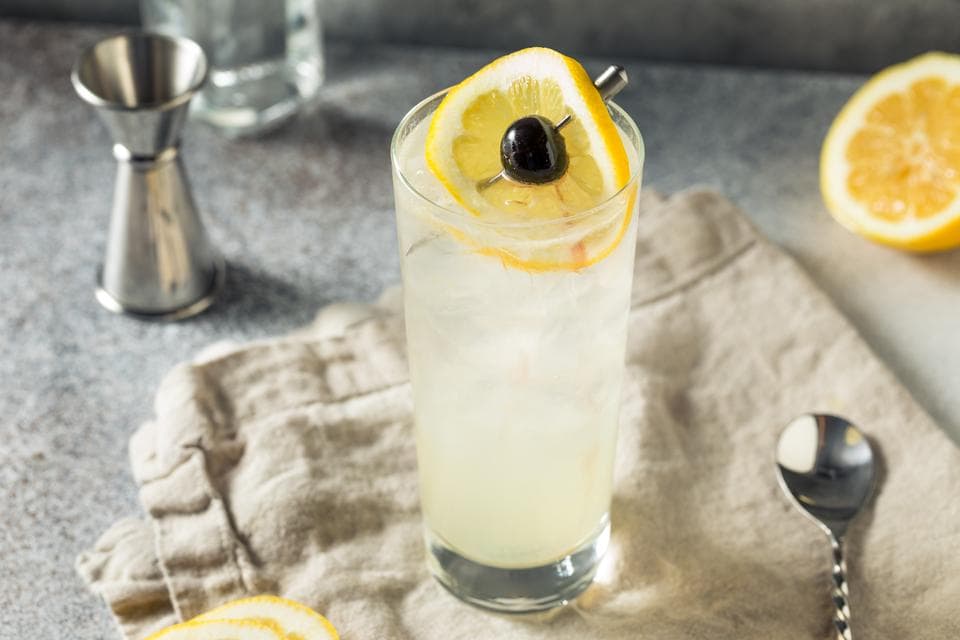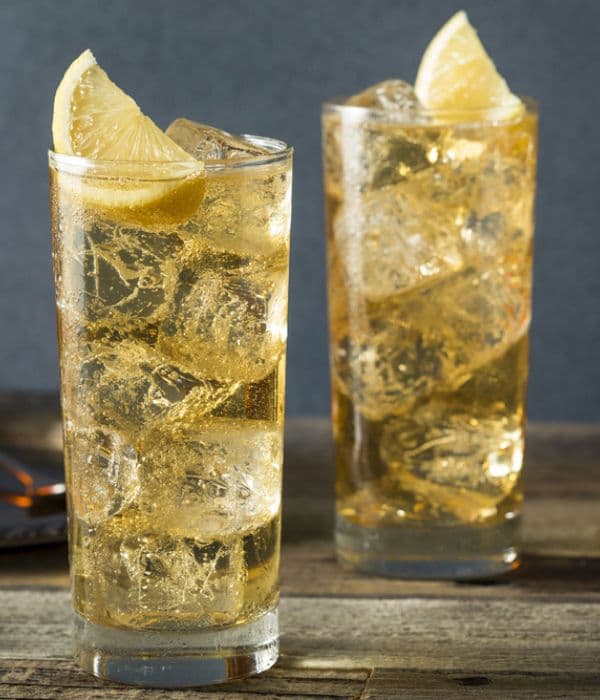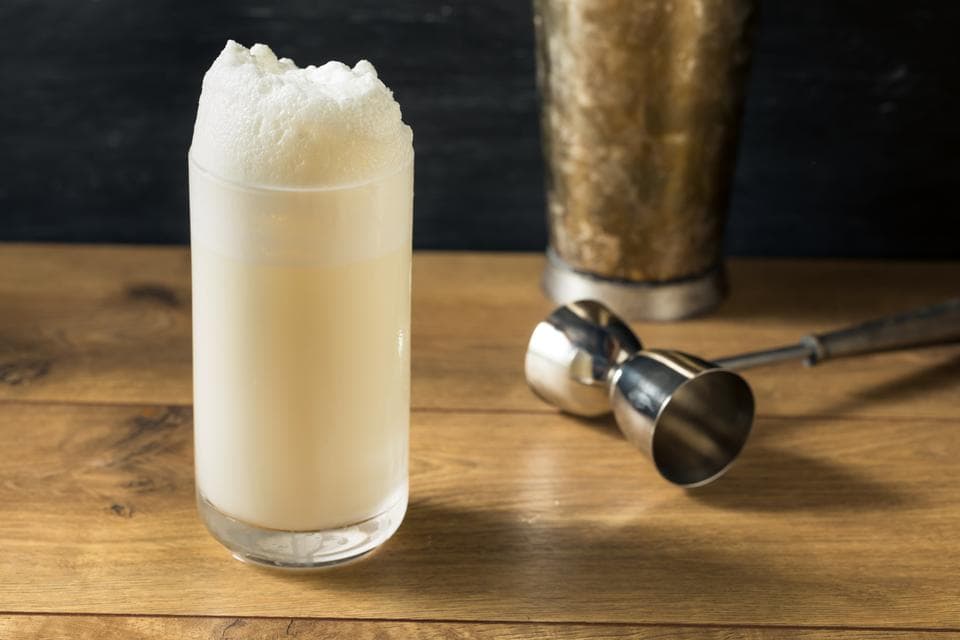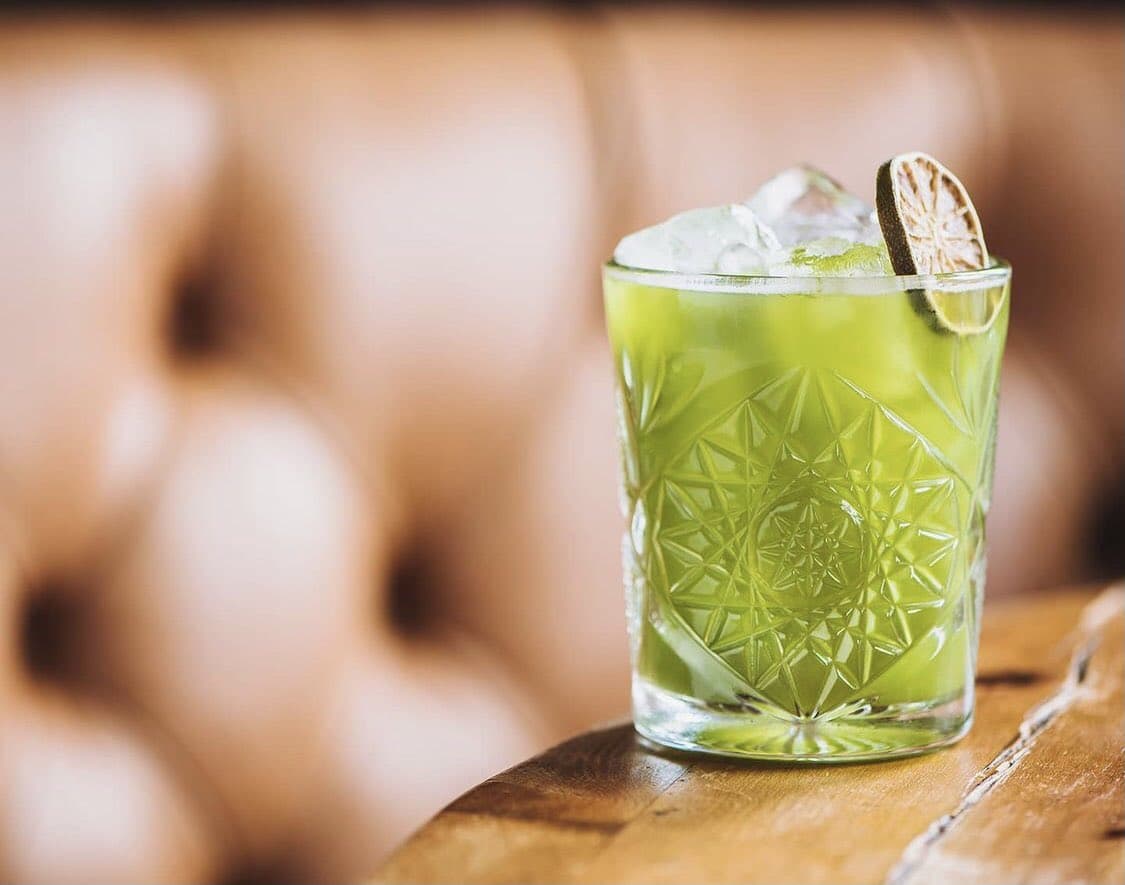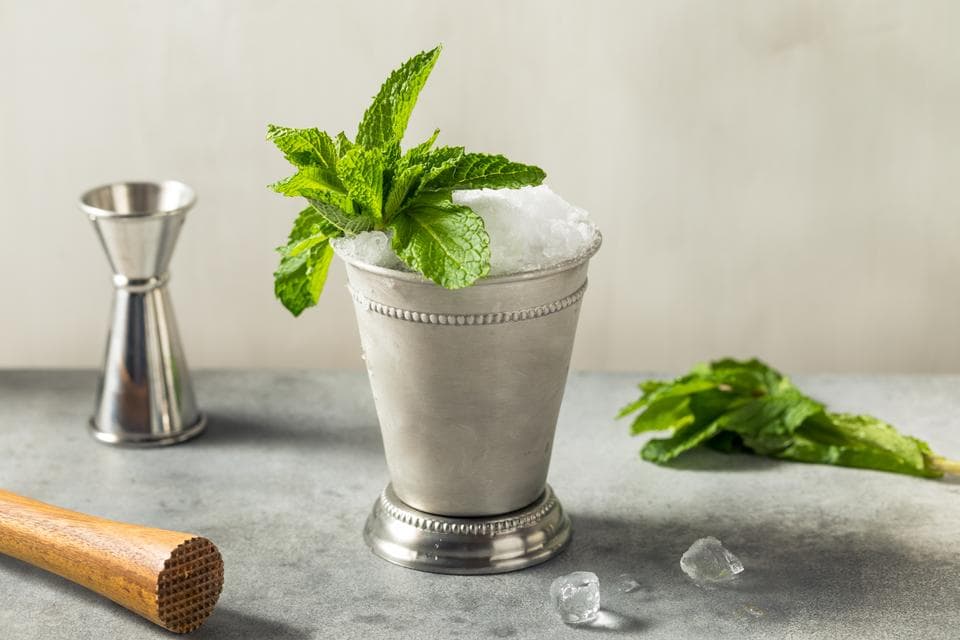The Classic Tom Collins Cocktail
The classic Tom Collins cocktail remains one of the world’s most popular drinks, demonstrating its ageless appeal. The tall beverage, thanks to its crisp blend of gin, fresh lime juice and sparkling soda water, is typically balanced with a hint of sweetness. Its basic yet flavourful profile makes it a widely popular choice for a light, effervescent drink that is appreciated across generations.
Ingredients
Serves1- Check off ingredients
- 30mL gin
- 20mL fresh lime juice
- 15mL sugar syrup
- to top chilled soda water
- for garnish Lemon wheel
- for garnish Maraschino cherry
- Ice cubes
Method
- Step 1
Fill a Collins glass with fresh ice cubes before pouring in the gin, fresh lime juice and sugar syrup.
- Step 2
Stir the ingredients gently but thoroughly with a long bar spoon for 15-20 seconds to fully incorporate and refrigerate.
- Step 3
Top off the glass with cold soda water and swirl again.
- Step 4
Garnish with a fresh lemon wheel and/or maraschino cherry; serve immediately.
Tips & Suggestions
Frequently Asked Questions
Is there a difference between a Tom Collins cocktail and a John Collins cocktail?
Why is it important to use chilled soda water in a Tom Collins cocktail?
What are some common mistakes to avoid when making a Tom Collins cocktail?
You may also love these
Rate This Cocktail
If you love this recipe then tab a star to rate it.

